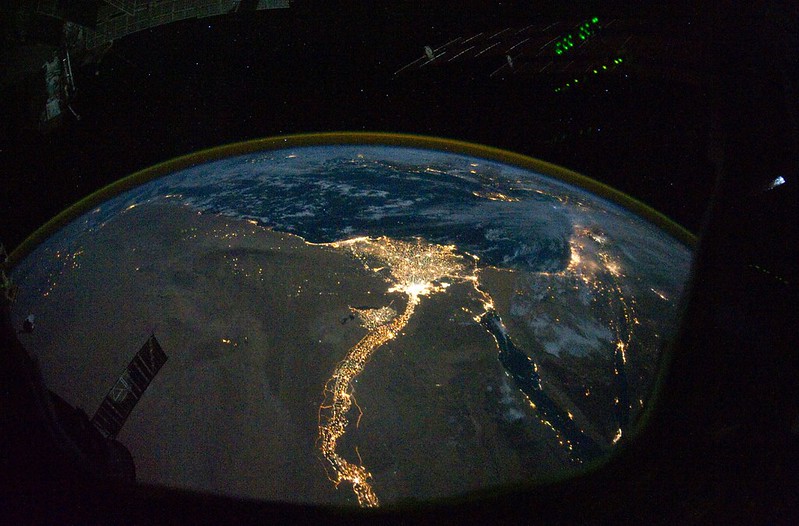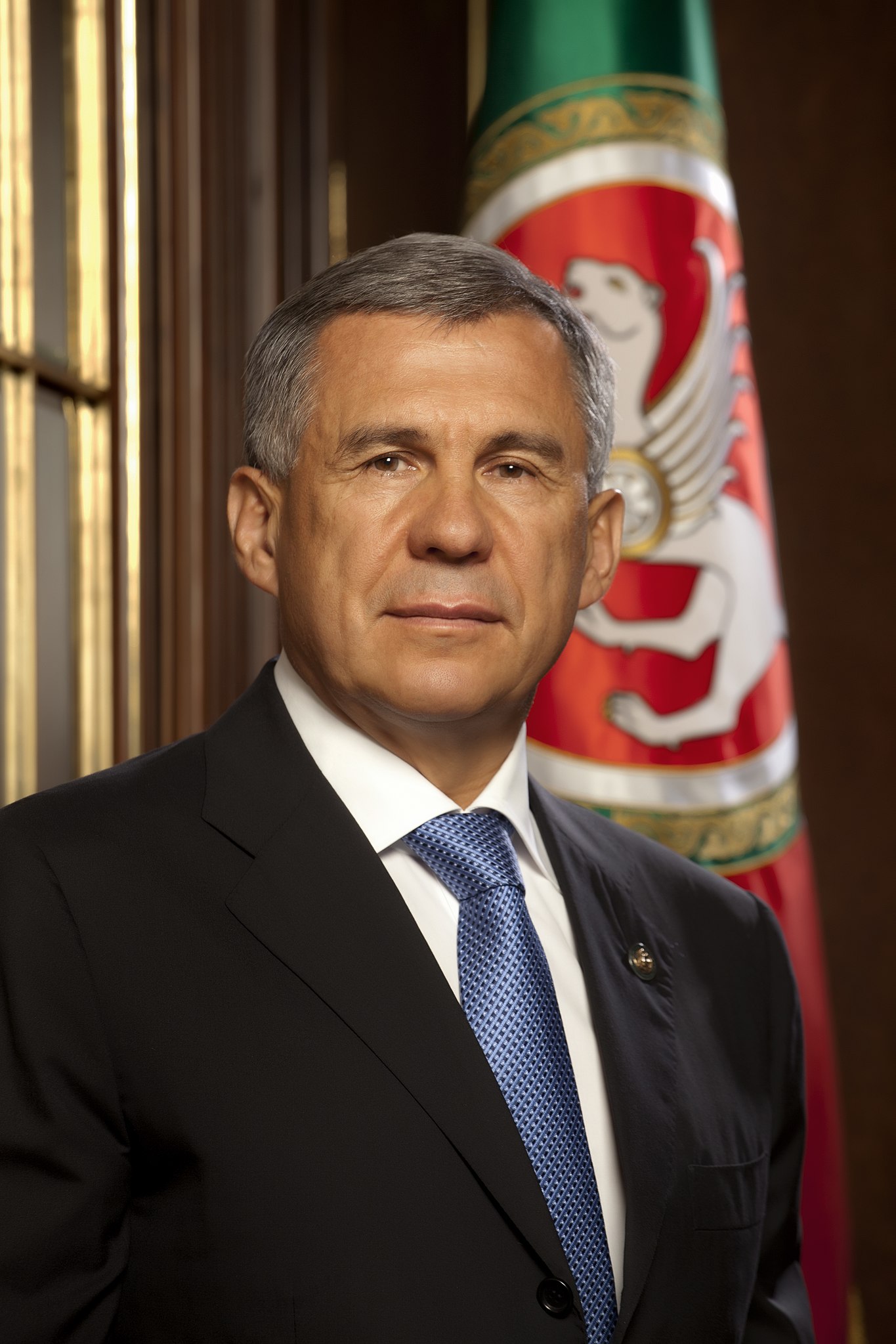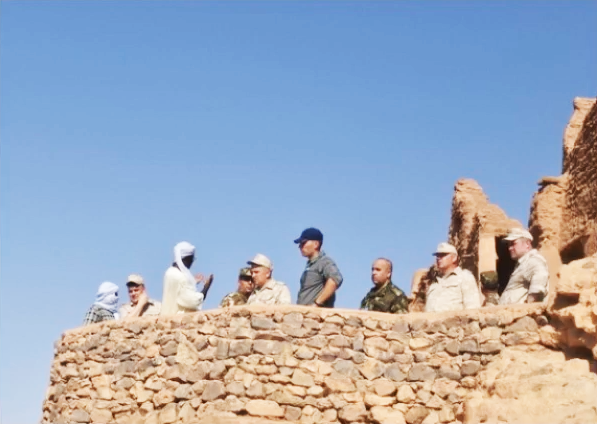
North Arabian Sea (Jan. 19, 2021)
“Iran’s actual and real success in forming [the new naval alliance] is an imposition of a new deterrence theory and a great challenge to the United States of America and its hegemony in the region, which it is slowly losing.”
In early June 2023, Iran’s navy commander suggested that Tehran was on the verge of establishing a regional naval security alliance that would include India, Pakistan, and several Arab Gulf states, most notably Saudi Arabia.[i] Reactions in Arabic-language media were mixed. Outlets affiliated with or supportive of China, Iran, and Russia portrayed the announcement as a highly consequential move that would further erode, if not fully negate, U.S. regional influence. However, the announcement was essentially ignored by mainstream Arabic-language Gulf media outlets from the countries purported to form the alliance’s backbone, most notably Saudi Arabia.
The first accompanying source, an excerpt from Russia’s Sputnik Arabic, characterizes the proposed alliance as a one-time “fantasy” that has become an imminent reality made possible by the U.S. failure to provide regional maritime security. The second accompanying source, from a report in China’s CGTN Arabic, argues that the China-brokered Saudi-Iran détente has created favorable conditions for regional security cooperation between Iran and the Arab Gulf states.[ii] The third accompanying source, an opinion piece in the pro-Iranian Lebanese media outlet al-Mayadeen, describes how this new alliance constitutes Iran’s “imposition of a new deterrence theory and a great challenge to the United States of America and its hegemony in the region,” as well as “a practical reality, a fatal blow to the strategic interests of Israel.” Although not a tacit rejection of the idea, other Gulf media outlets have been less enthusiastic and officials from the Arab states involved have not commented. Prominent Saudi media outlets, such as al-Sharq al-Awsat and al-Riyadh, have also kept quiet. By contrast, Saudi media outlets have vocally expressed new alignment with Iran on regional matters, most notably Syrian normalization since Saudi Arabia’s May 2023 détente with Iran. Iran’s inclusion in the Russo-Chinese “Maritime Security Belt” exercises in the Indian Ocean, most recently in March 2023, indicate the possibility of a Russo-Chinese role in encouraging a regional naval coalition that marginalizes the United States’ role. Chinese interest in and encouragement of this Iranian-led security mechanism, if genuine, suggests that Saudi leadership might take the idea more seriously than the lack of media coverage would otherwise suggest.
Sources:
“تحالف بحري بين إيران والخليج… لماذا أصبح من الضروري أن تحافظ دول المنطقة على أمنها بنفسها؟
(Naval alliance between Iran and the Gulf… Why did it become necessary for regional countries to guarantee their own security?),” Sputnik Arabic (Russian Arabic-language media outlet), 5 June 2023. https://sputnikarabic.ae/20230605/تحالف-بحري-بين-إيران-والخليج-لماذا-أصبح-من-الضروري-أن-تحافظ-دول-المنطقة-على-أمنها-بنفسها-1077771292.html
A few weeks ago, talk of an alliance including Iran and the Gulf countries together was a fantasy, but it has become a reality with the announcement of the imminent formation of a naval alliance that includes the countries of the region… Hassan Ibrahim Al-Nuaimi, an Emirati political analyst, considered that the countries of the region suffered from maritime threats, while foreign countries failed to secure the seas in the region. Thus, it became clear to the Arab Gulf states that these foreign countries only pursue their own agendas, and do not care about the interests of other countries.
“إيران تخطط لتشكيل تحالف بحري وسط تحسين العلاقات في الشرق الأوسط
(Iran plans naval alliance amidst improving relations in Middle East),” CGTN Arabic (Chinese Arabic-language media outlet), 6 June 2023. https://arabic.cgtn.com/news/2023-06-06/1666049661388214273/index.html
Iran’s proposal for a security alliance or coordination mechanism with Gulf countries is completely natural. Iran had the idea, and it is not a new one, but conditions were not adequate in the past…
” تحالف دولي.. إيران في مواجهة هيمنة أميركا على المنطقة
(International alliance… Iran confronting American regional hegemony),” al-Mayadeen (pro-Iran Lebanese media outlet), 12 June 2023. https://www.almayadeen.net/articles/تحالف-دولي-إيران-في-مواجهة-هيمنة-أميركا-على-المنطقة
Iran’s actual and real success in forming it is an imposition of a new deterrence theory and a great challenge to the United States of America and its hegemony in the region, which it is slowly losing… The international naval alliance is a joint security project for Iran and the Gulf states, the realization of which constitutes a practical reality, a fatal blow to the strategic interests of “Israel” in that region…
Notes:
[i] In addition to Pakistan and India, Iran’s proposed alliance is to include Saudi Arabia, the UAE, Bahrain, Qatar, and Iraq.
[ii] The CGTN video report cites Dr. Niu Xinchun, the Director of Middle East Studies at the China Institutes of Contemporary International Relations (CICIR). http://www.cicir.ac.cn/NEW/en-us/Institution.html?subtype=Middle%20East&&type=region
Image Information:
Image: North Arabian Sea (Jan. 19, 2021)
Source: Photo by Petty Officer 3rd Class Jose Madrigal, https://www.dvidshub.net/image/6493578/nimitz-transits-arabian-sea
Attribution: Public Domain

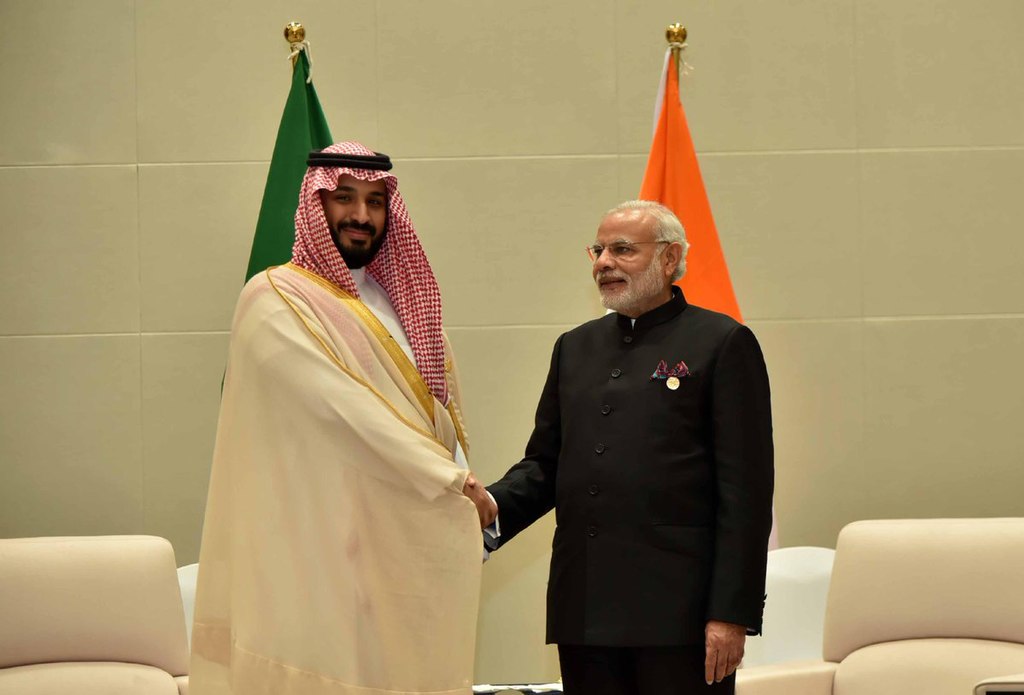
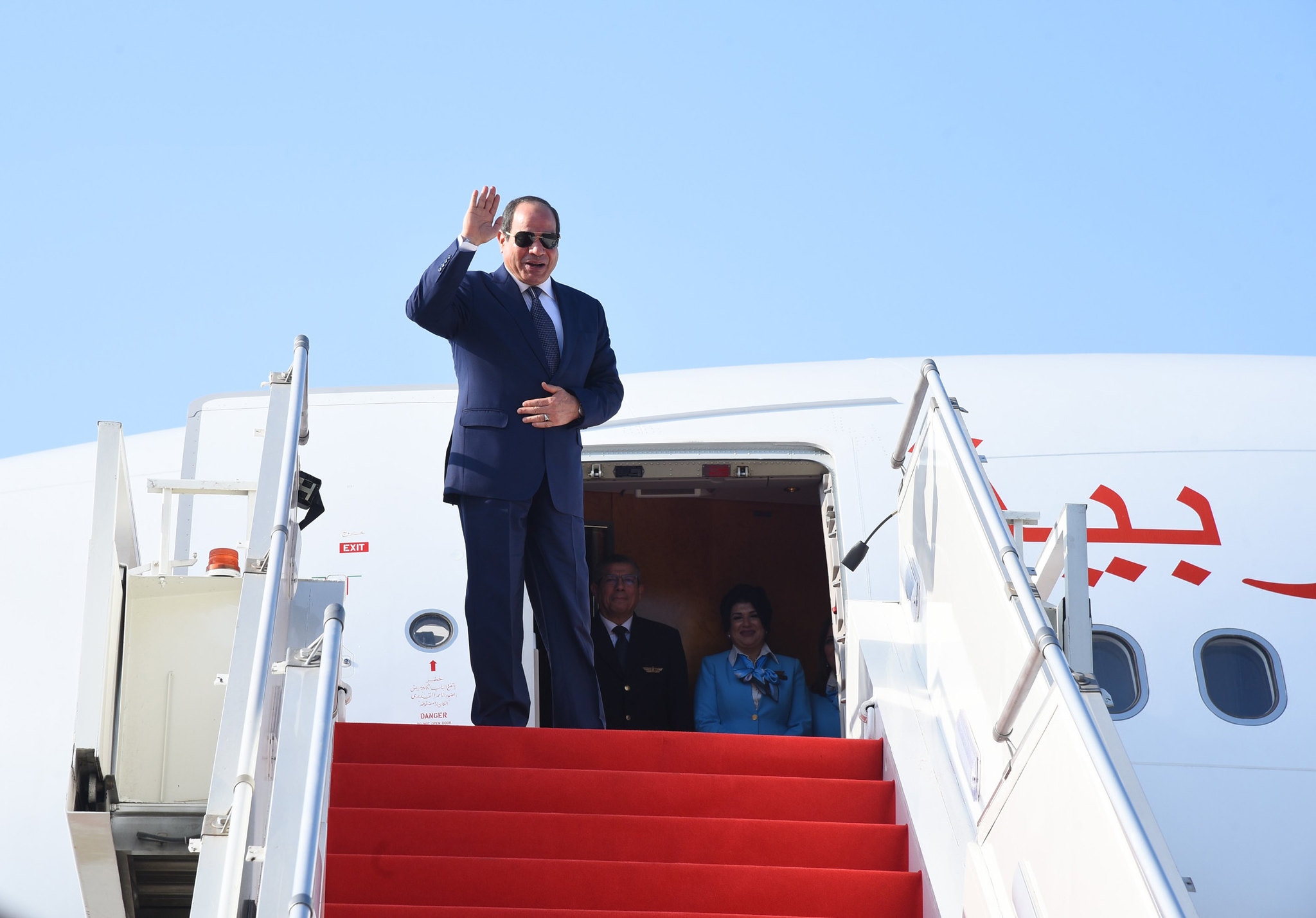
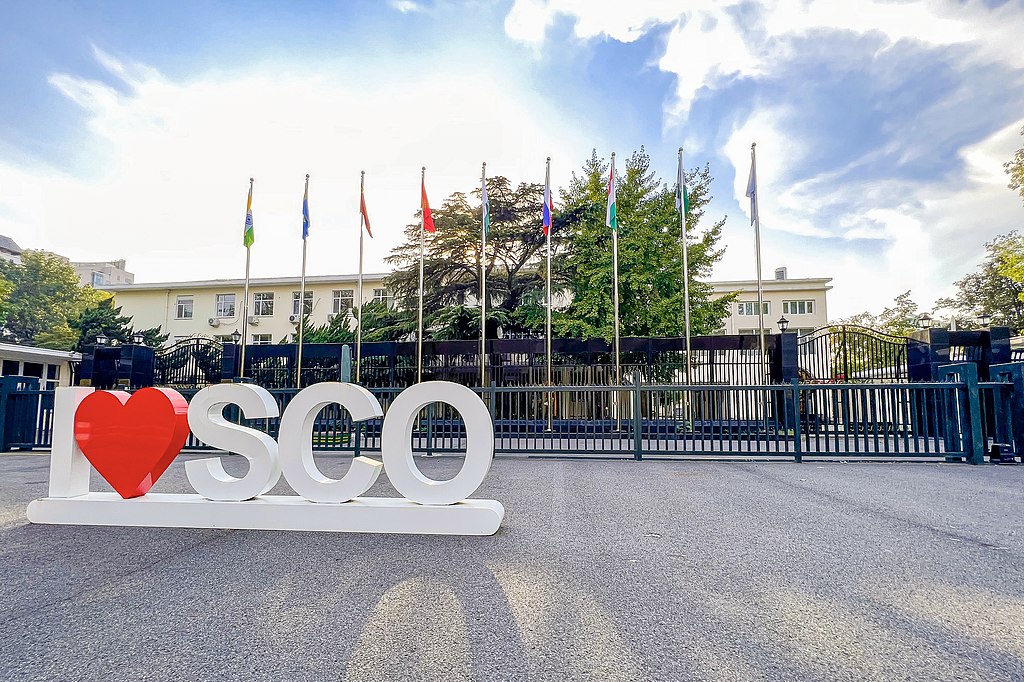
.jpeg)
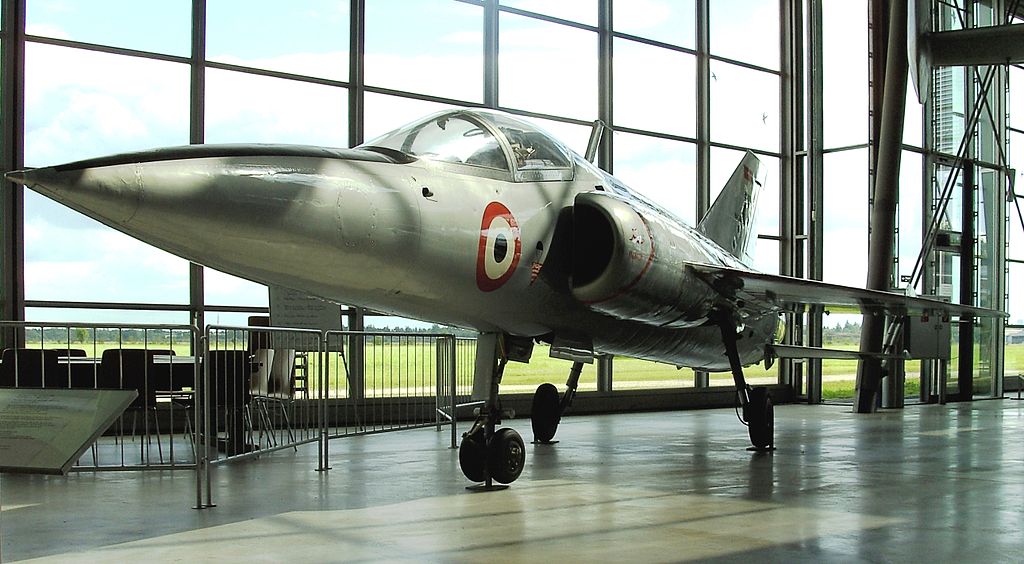
.jpeg)
